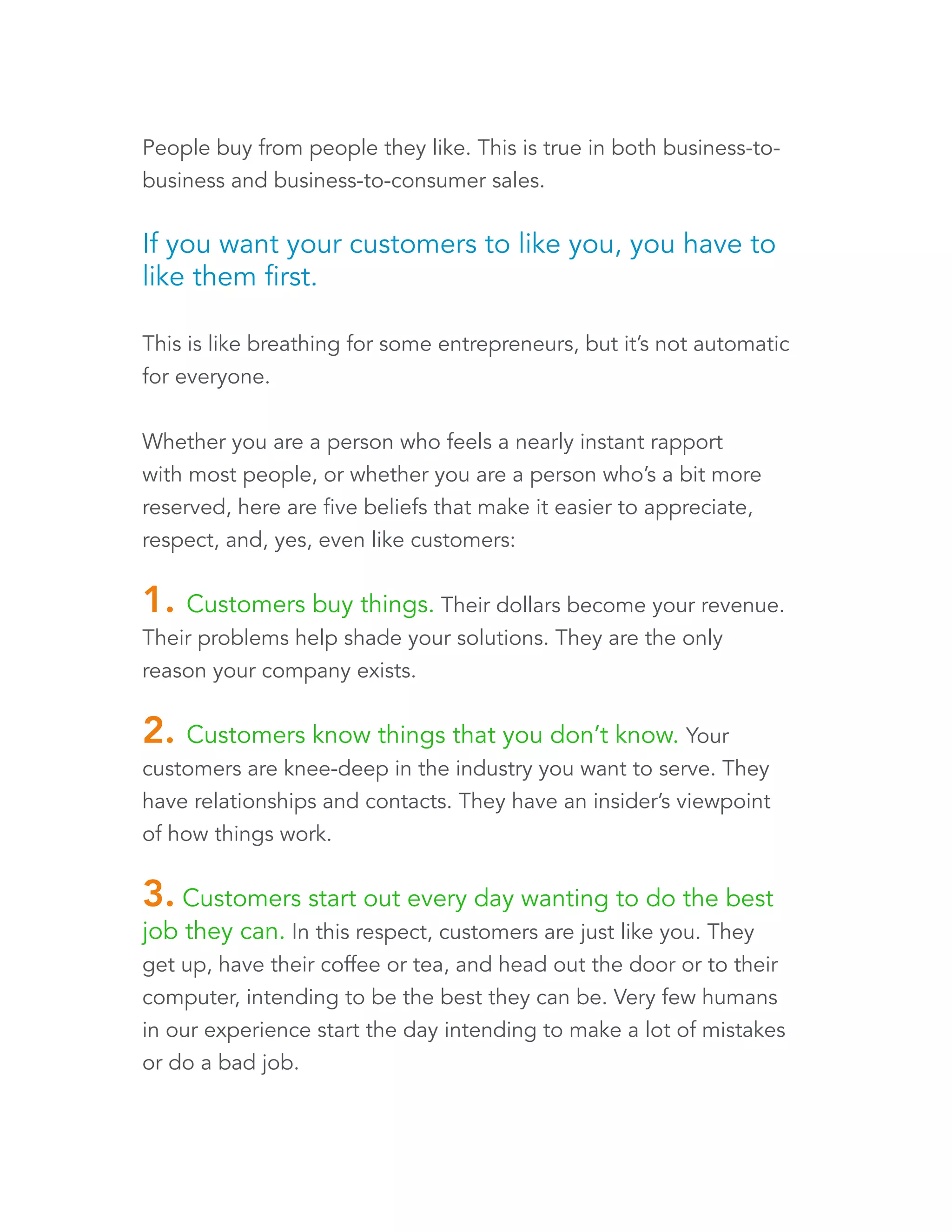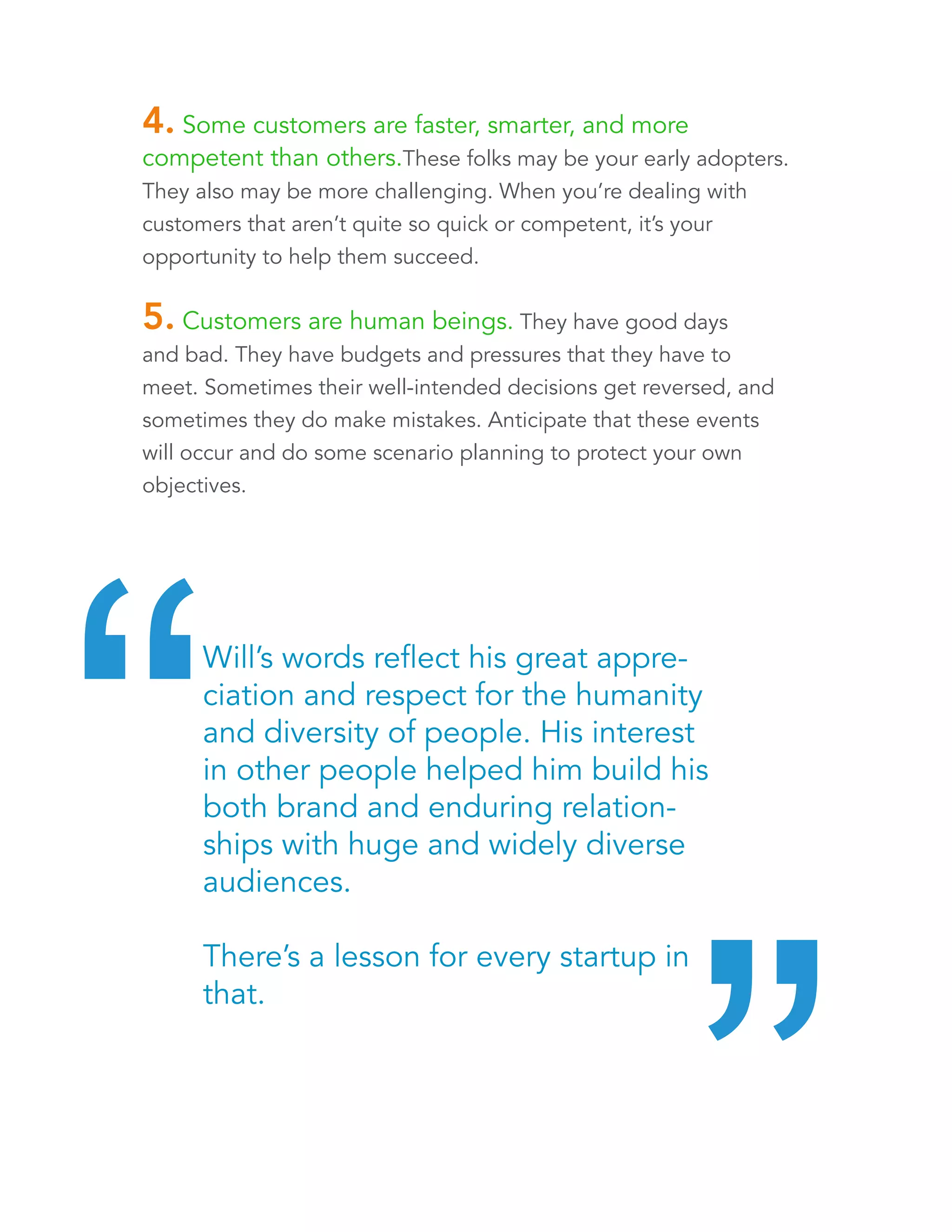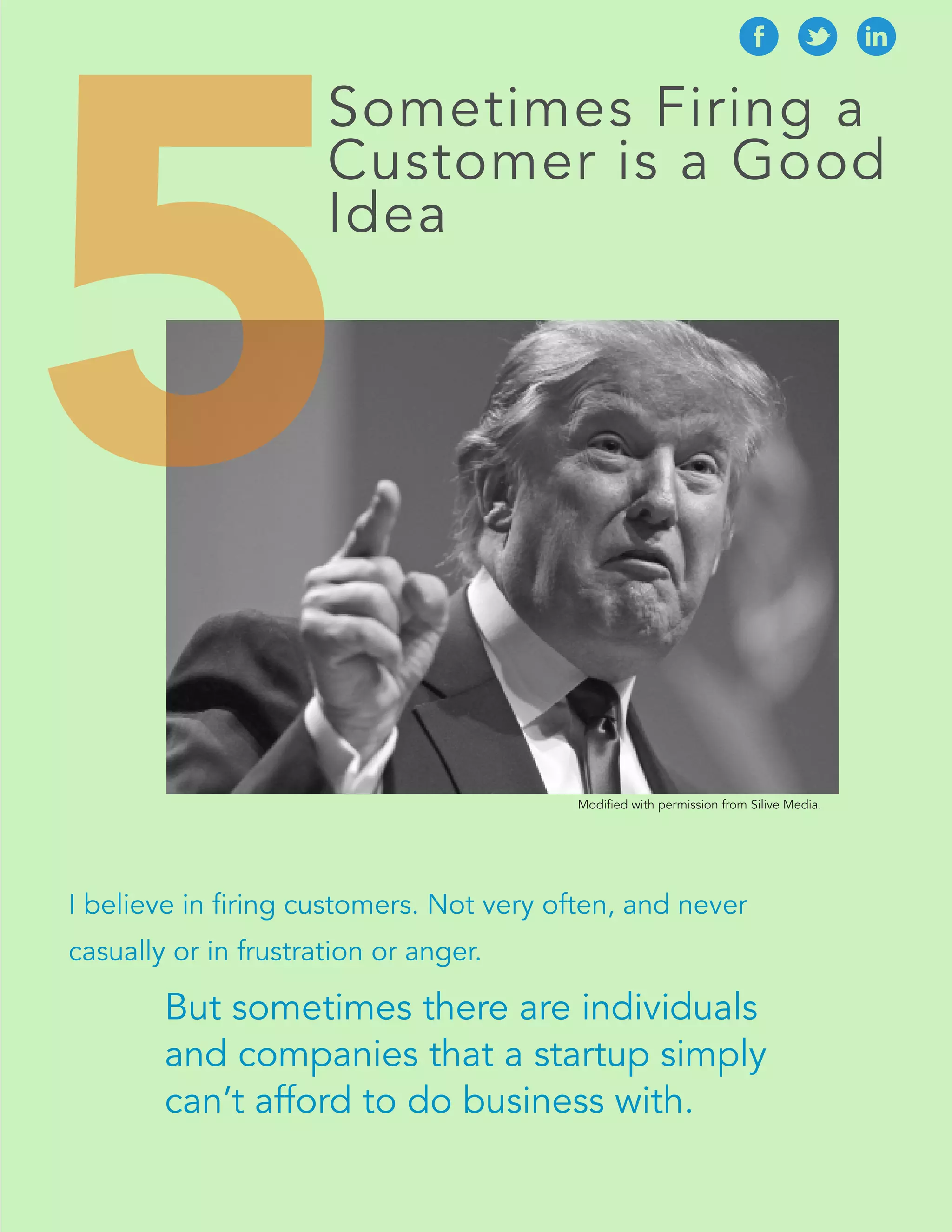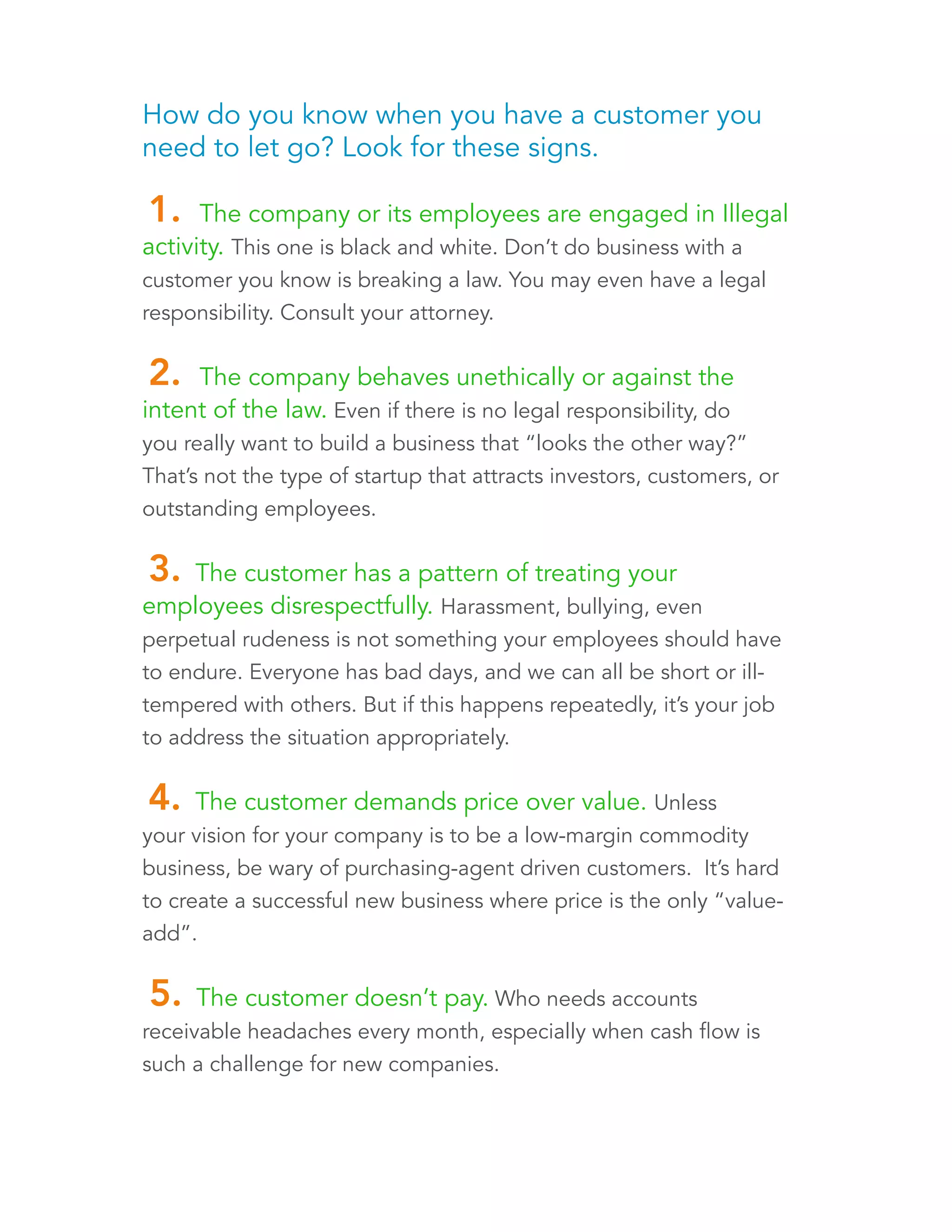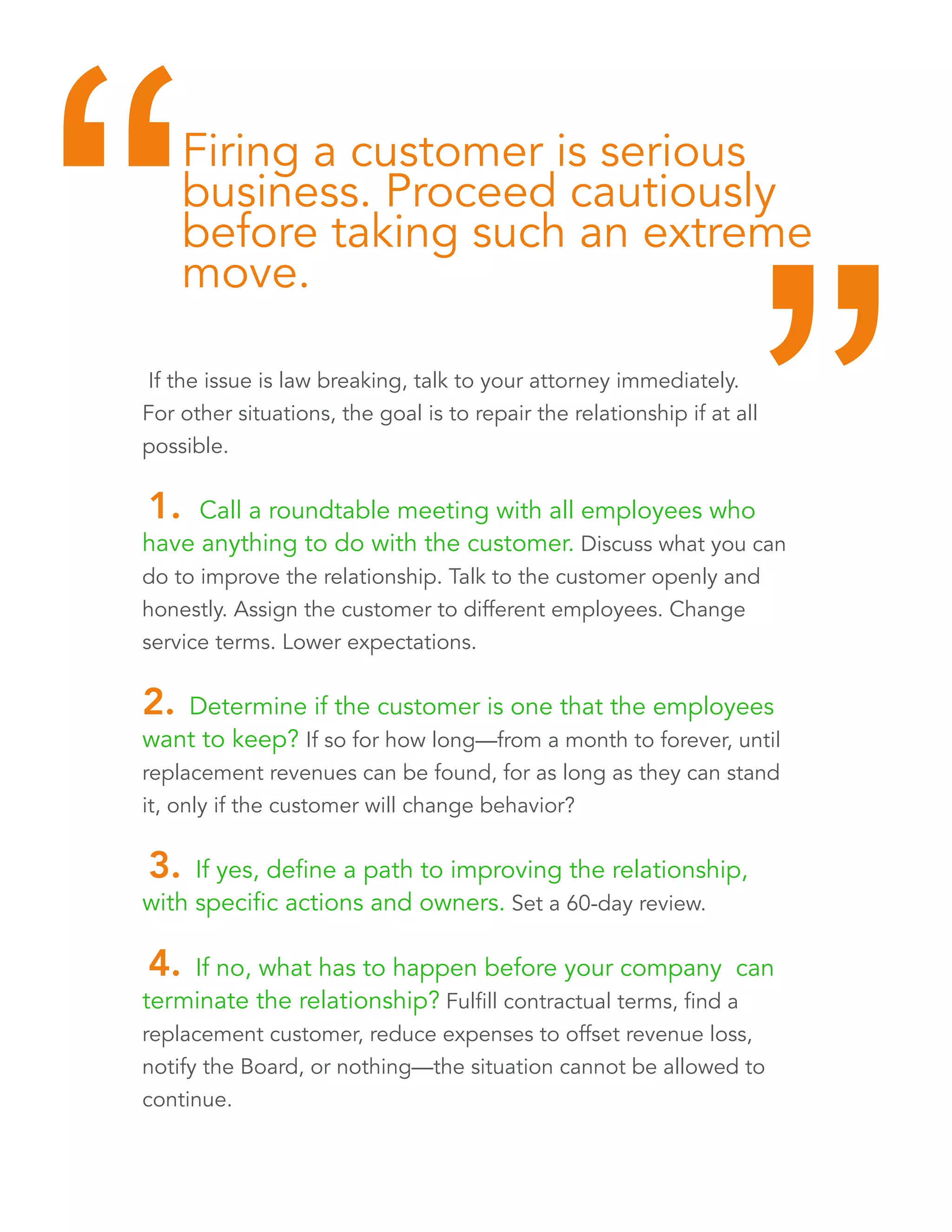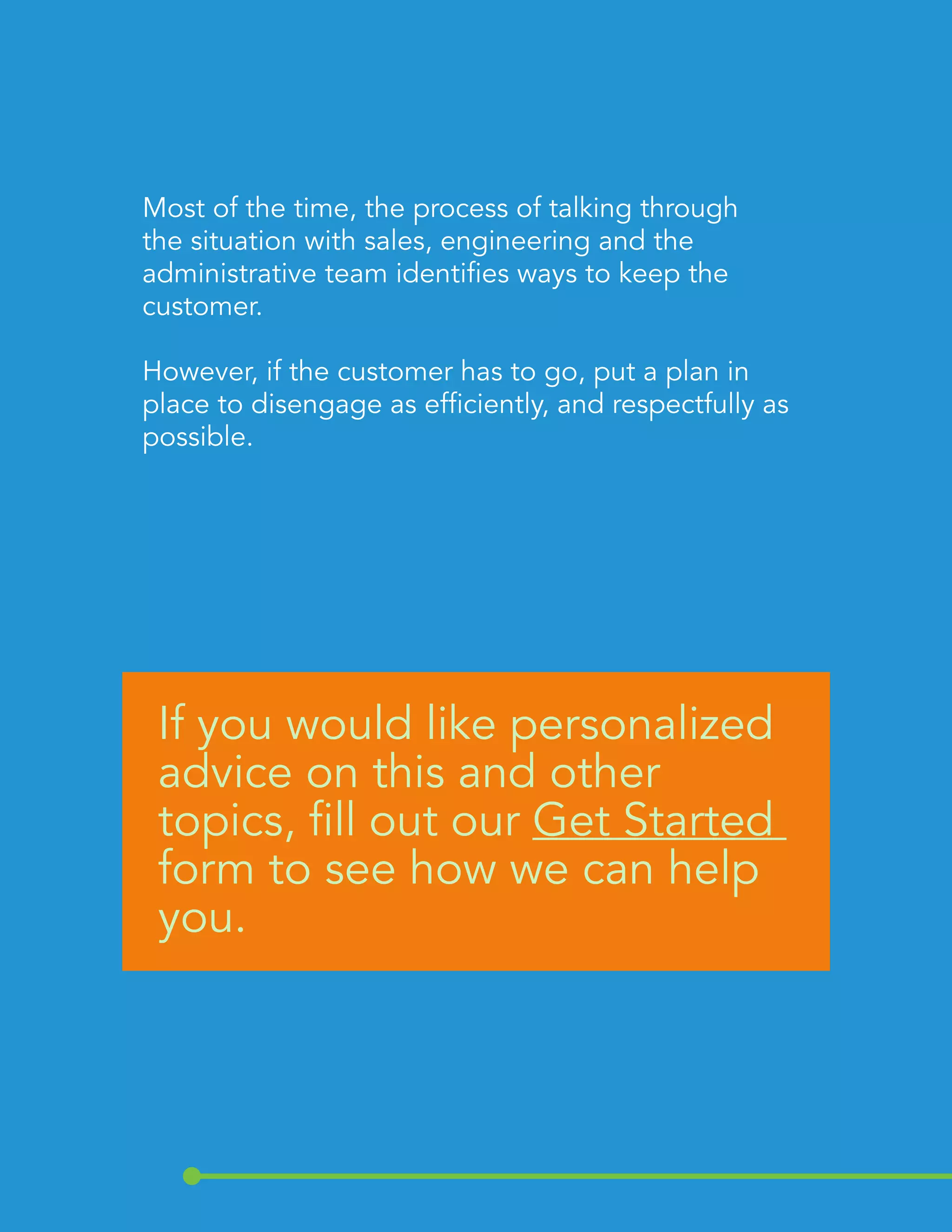The document discusses the critical importance of understanding customers in entrepreneurship, emphasizing that a successful business revolves around solving customer problems while fostering strong relationships. It outlines methods for gathering customer insights, highlights key factors influencing B2B buying decisions, and stresses the necessity of appreciating customer perspectives. Additionally, it advises on the difficult decision of firing customers when necessary to maintain a healthy business environment.
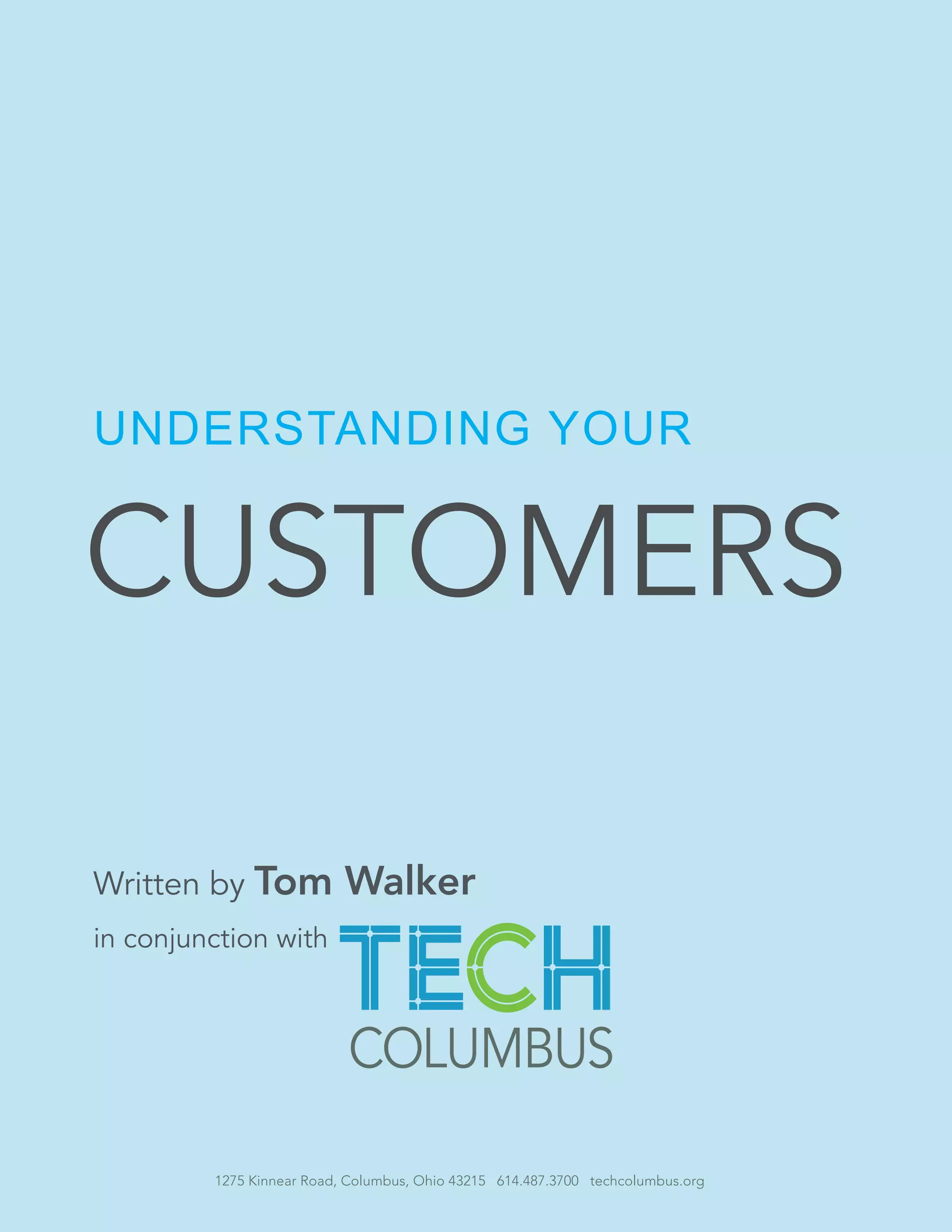
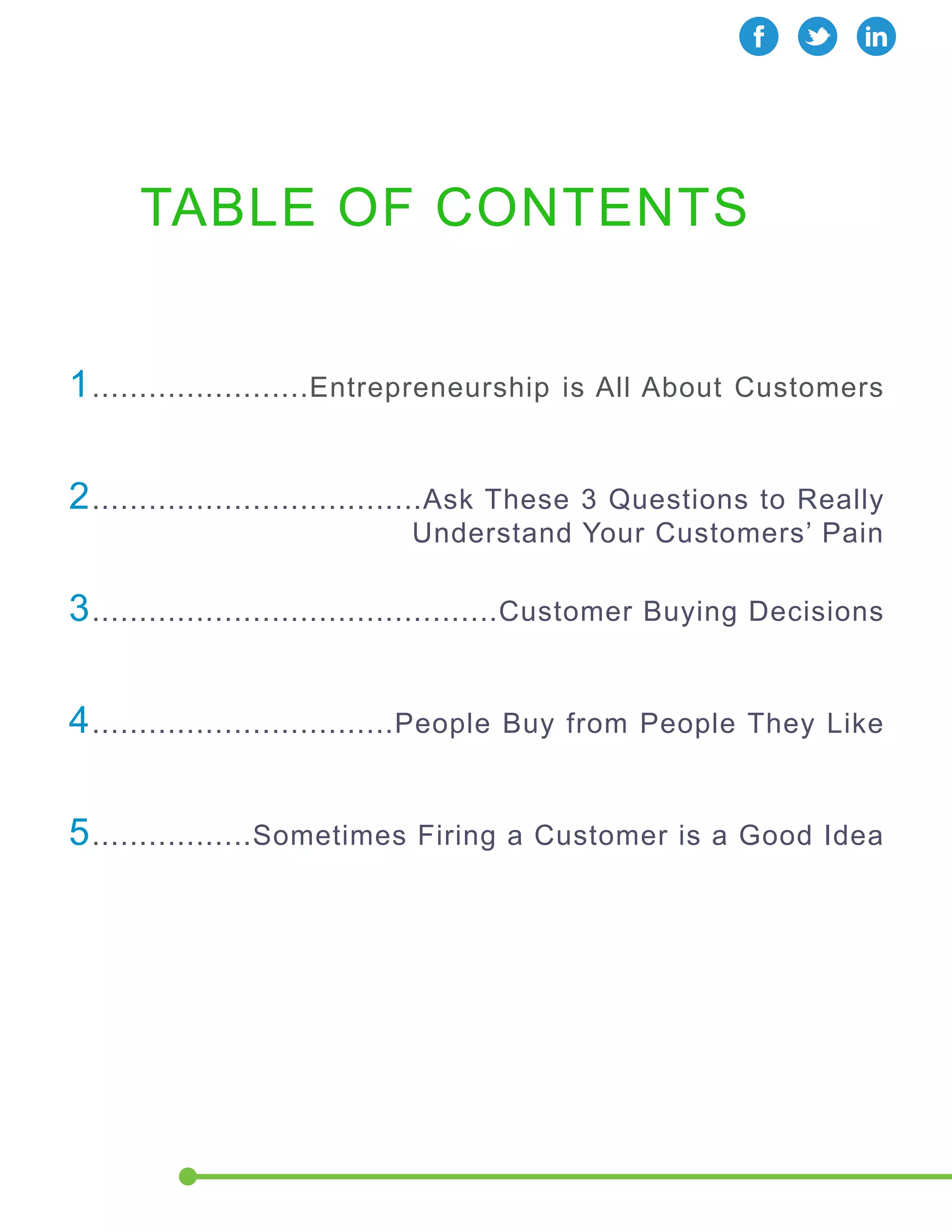
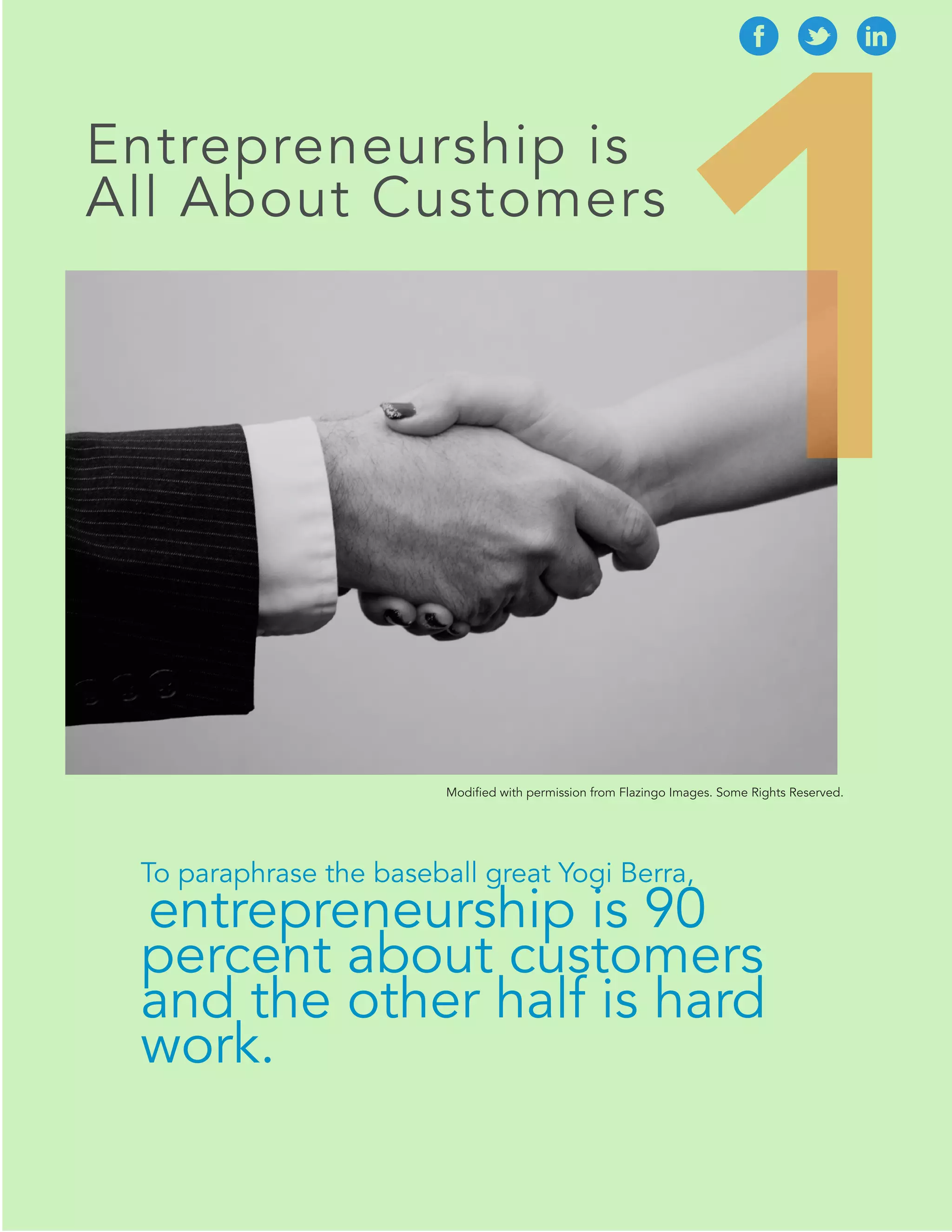
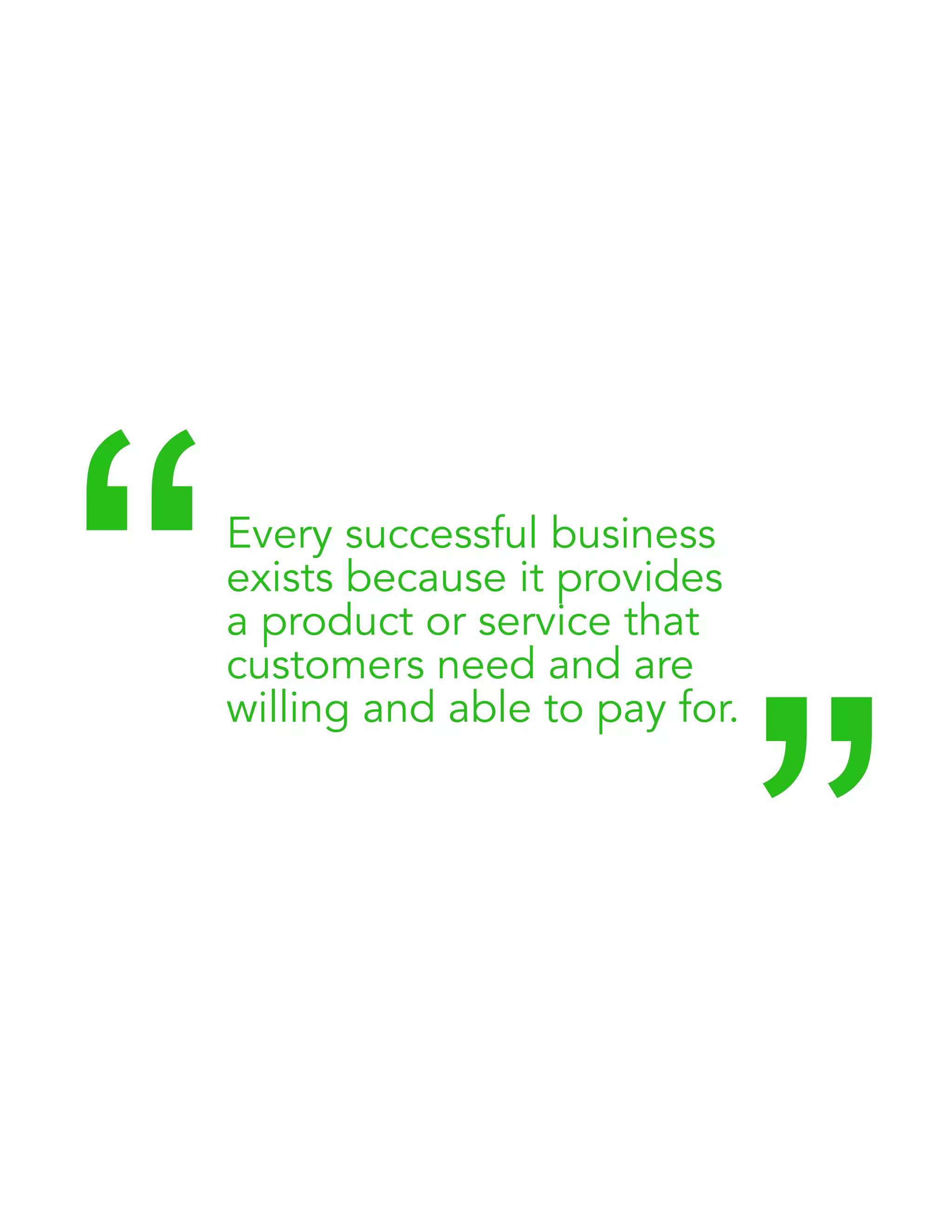
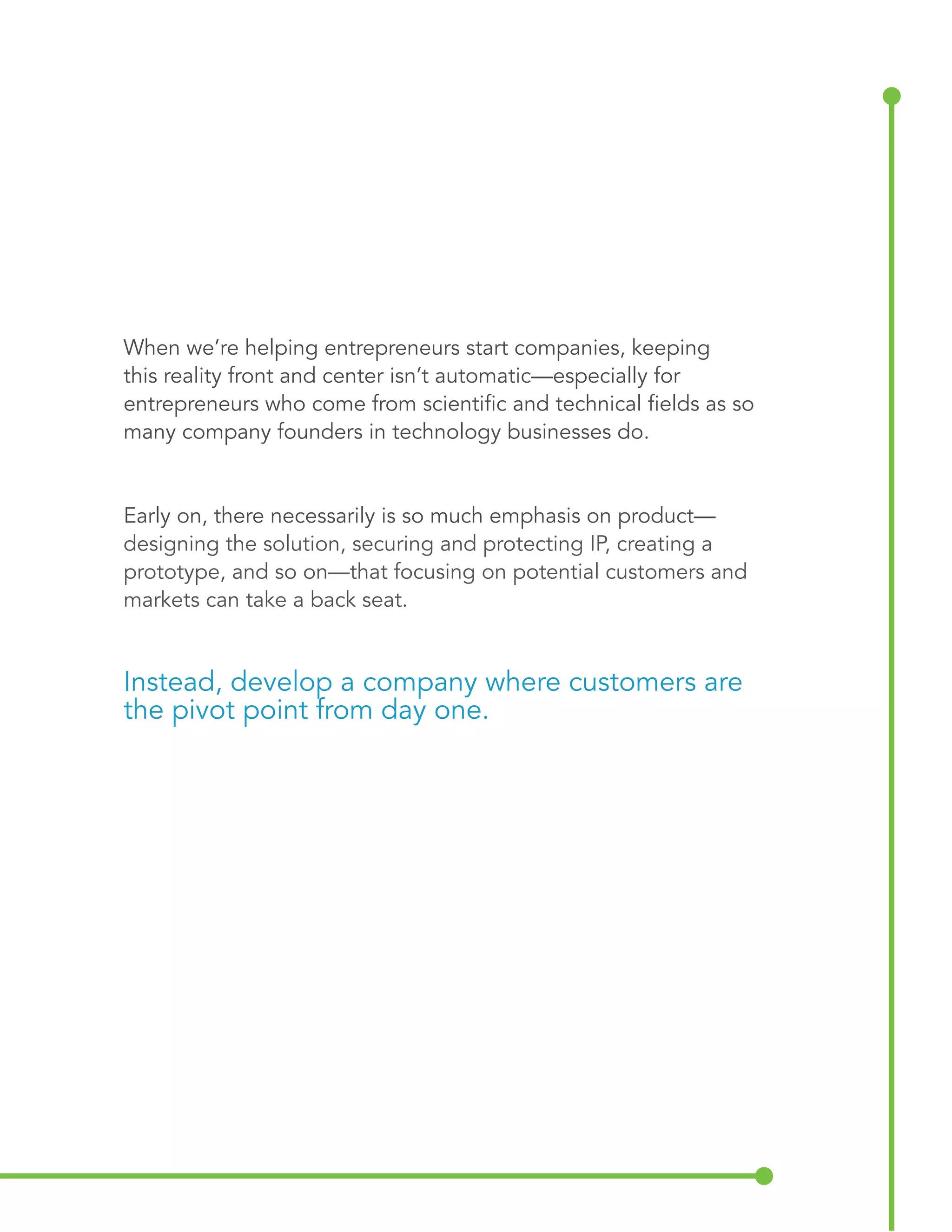
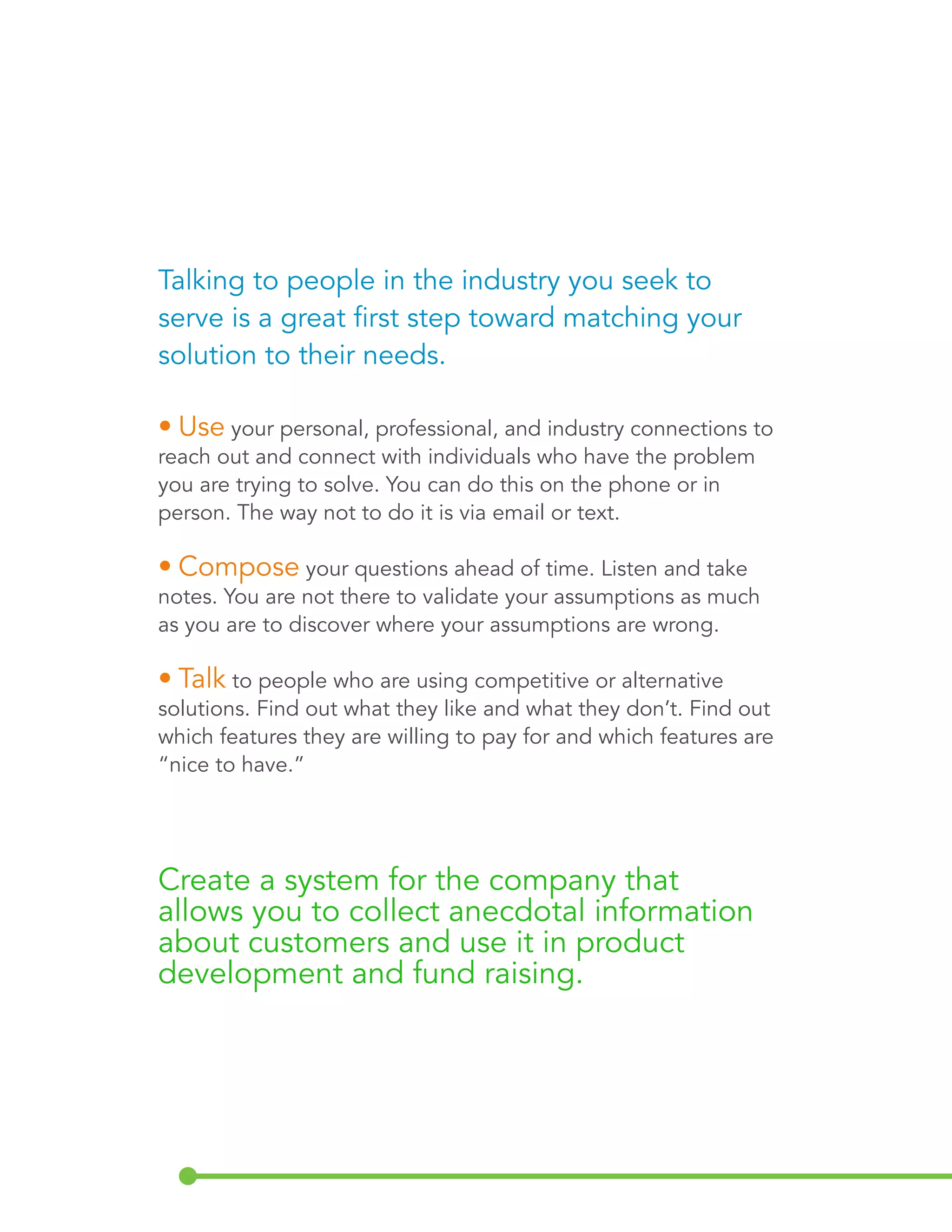
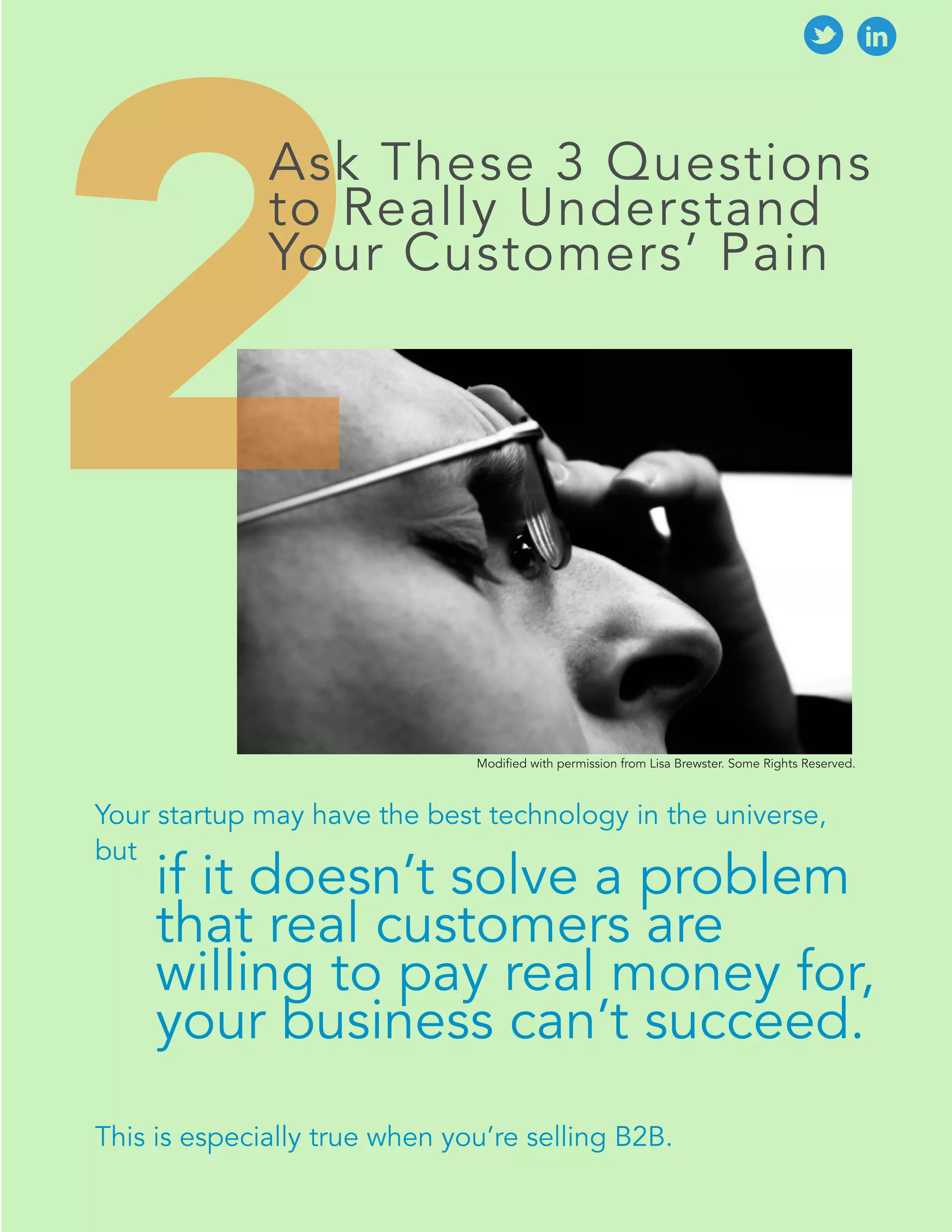
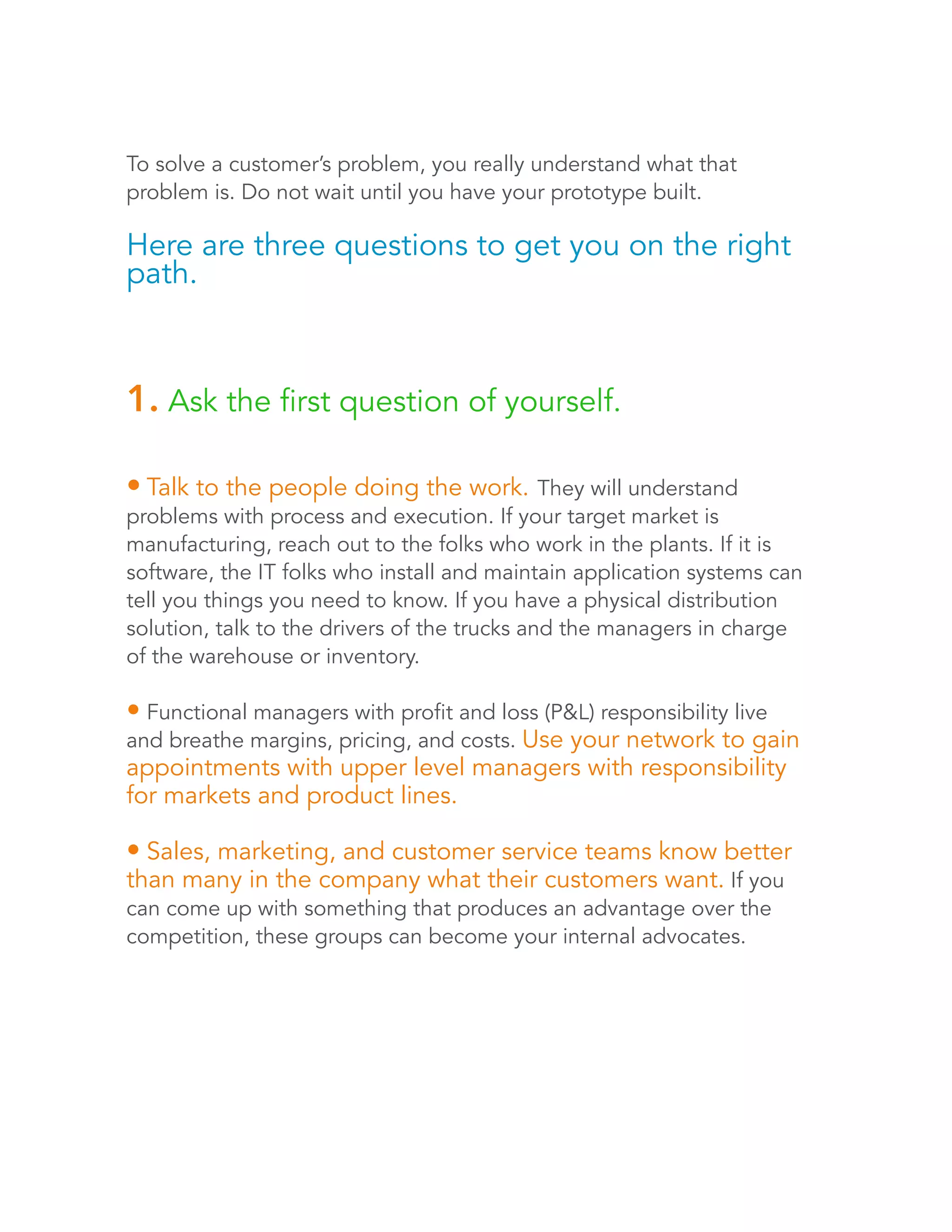
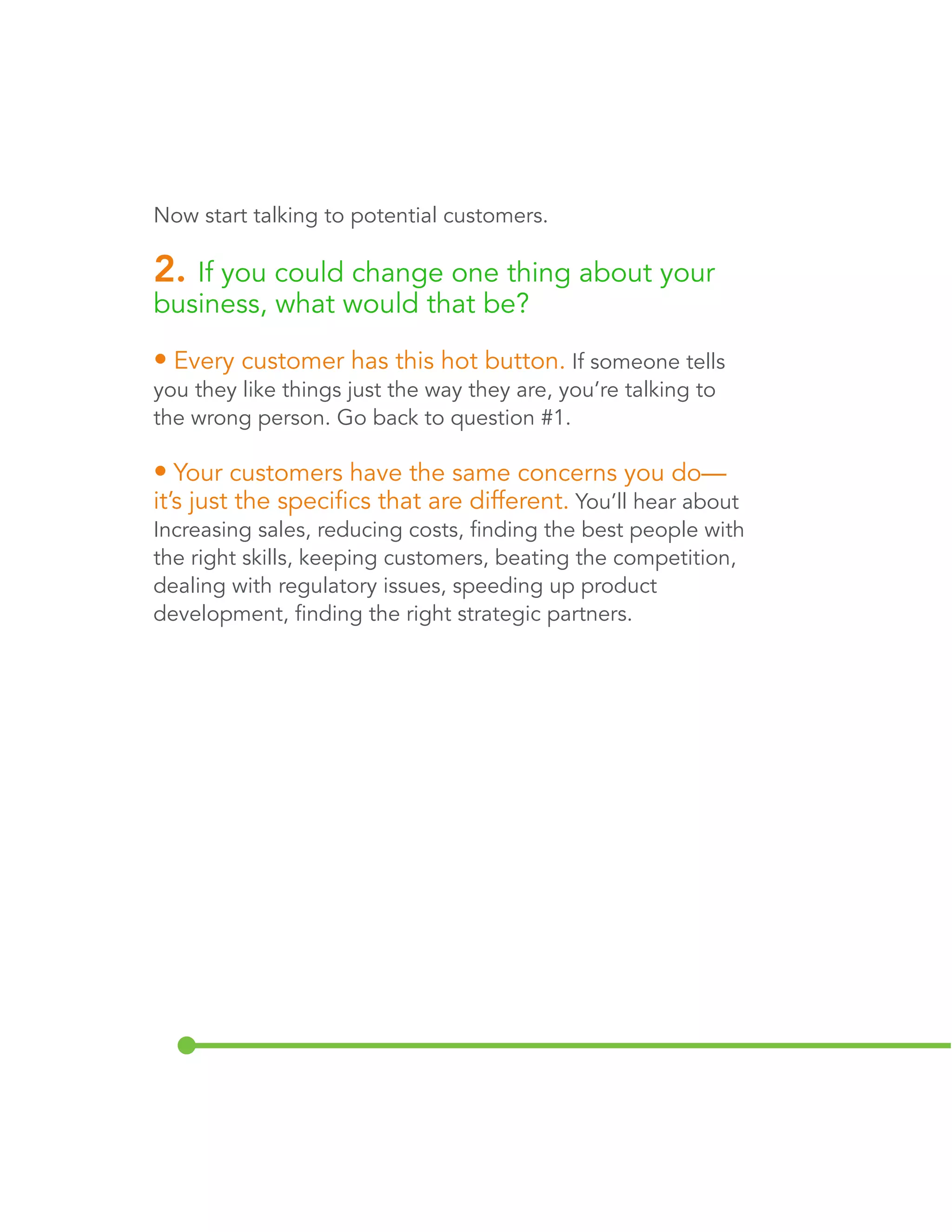
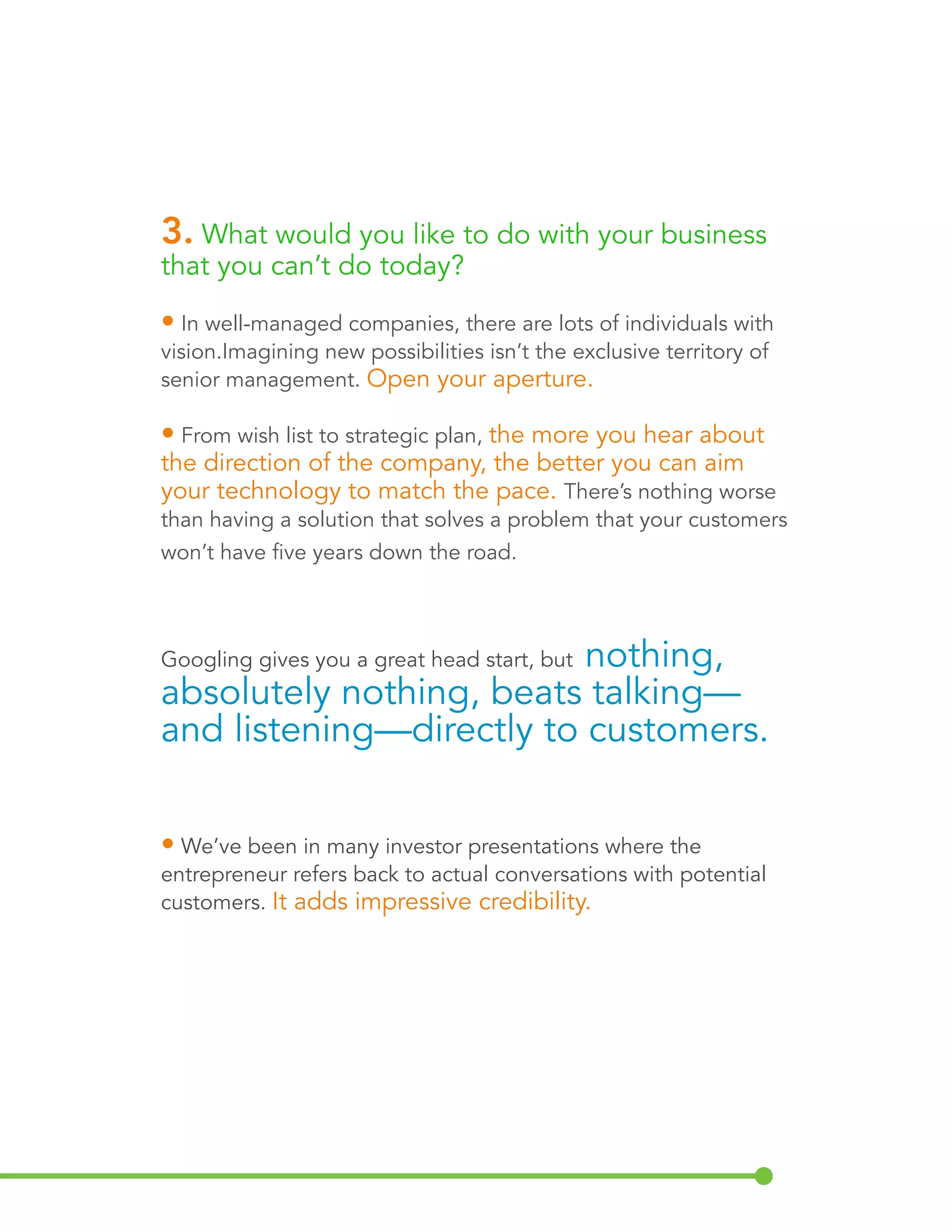
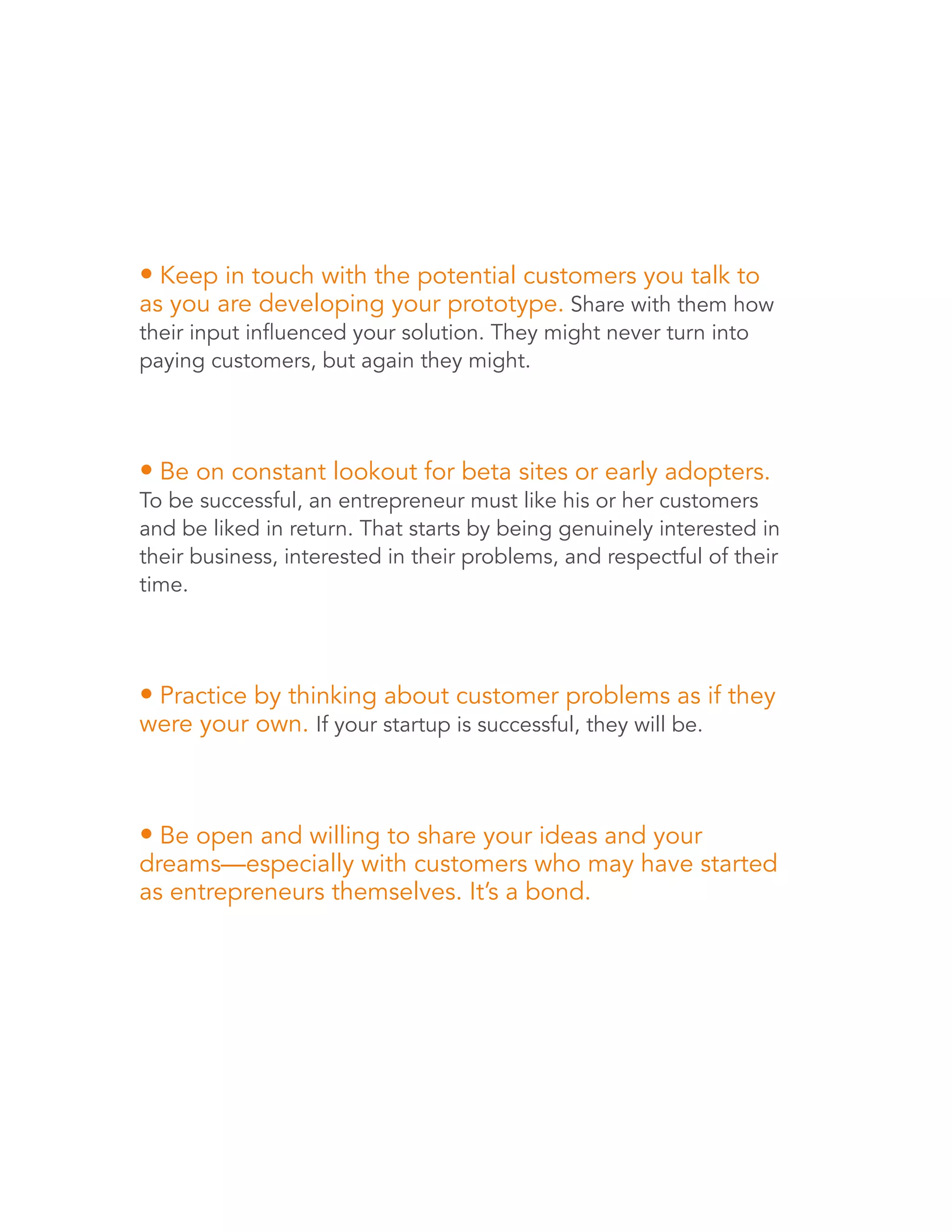
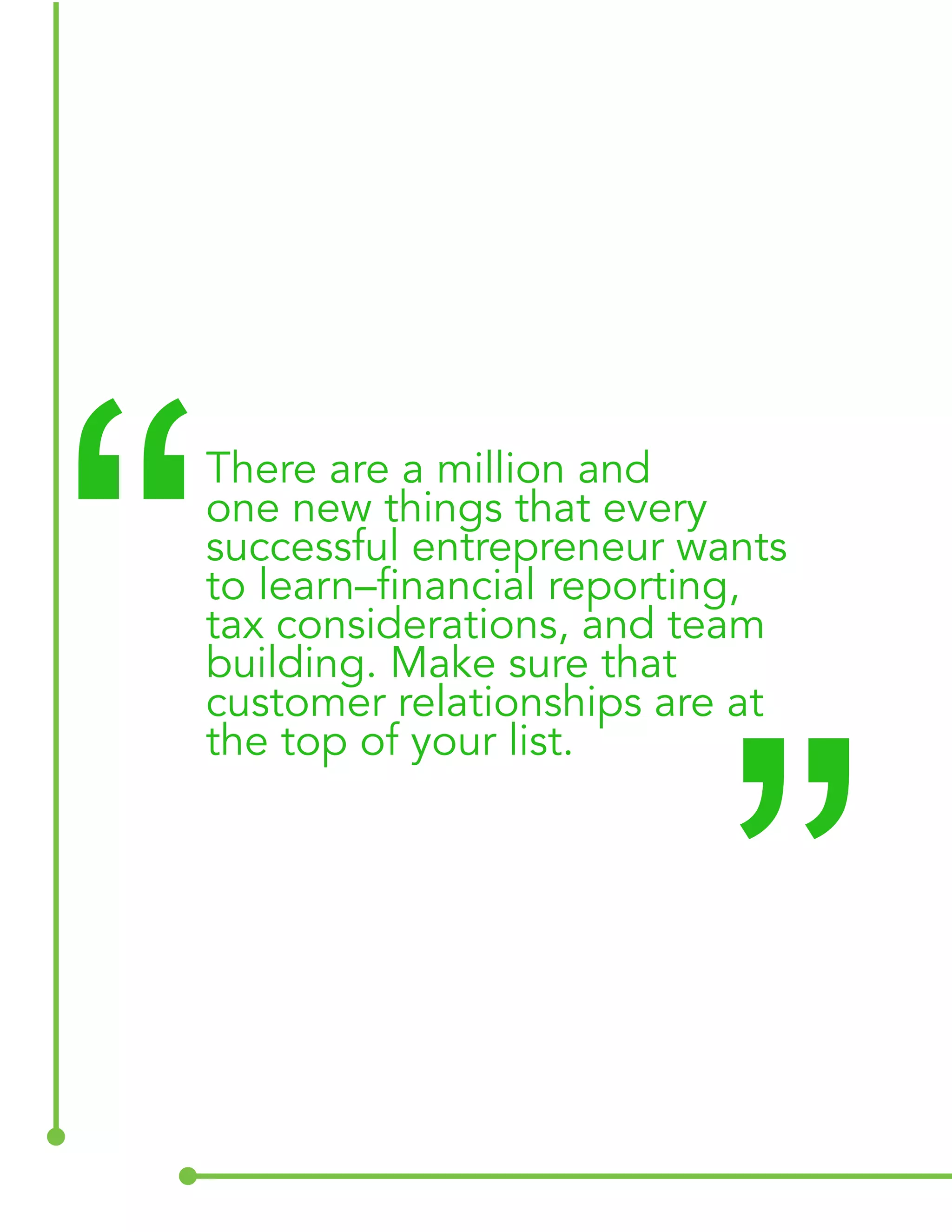
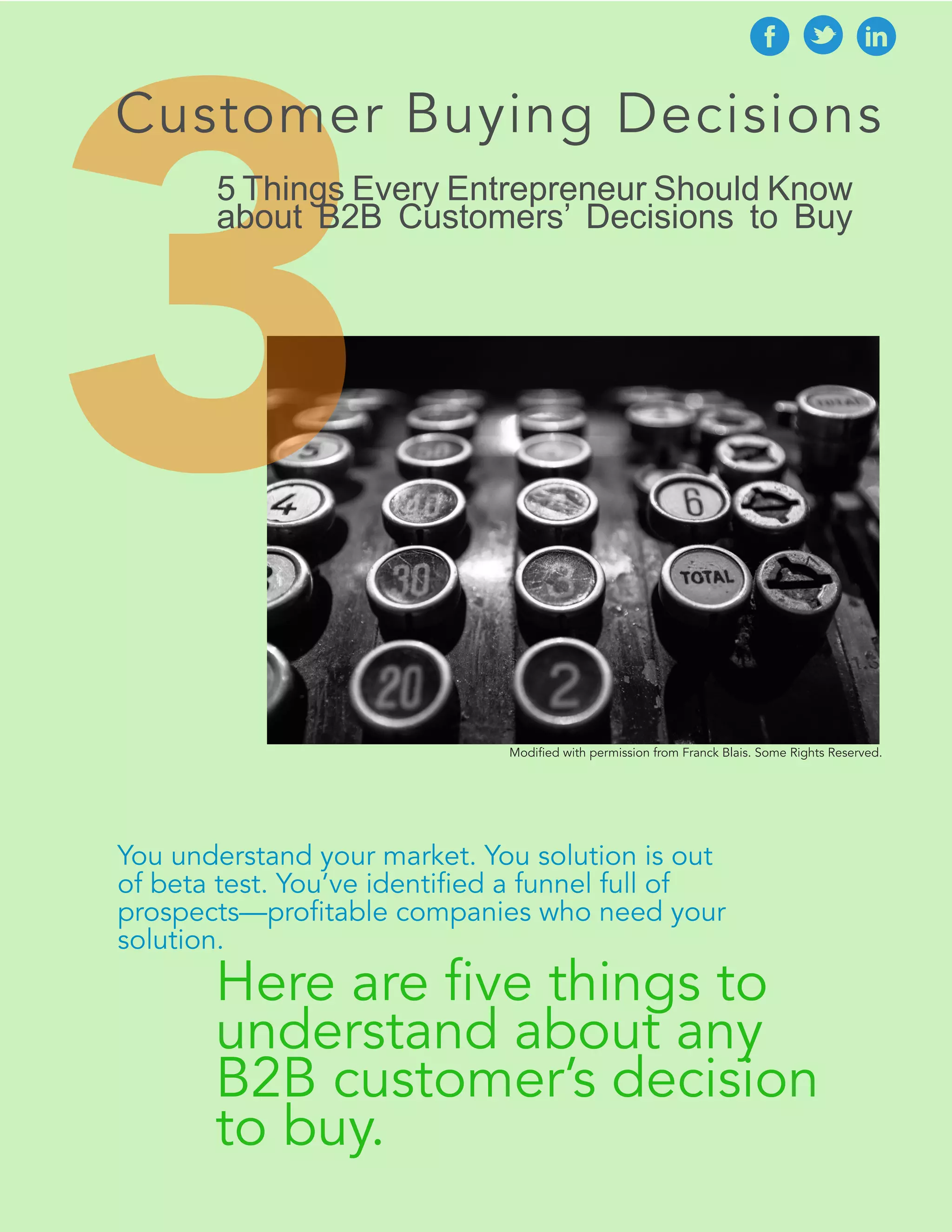
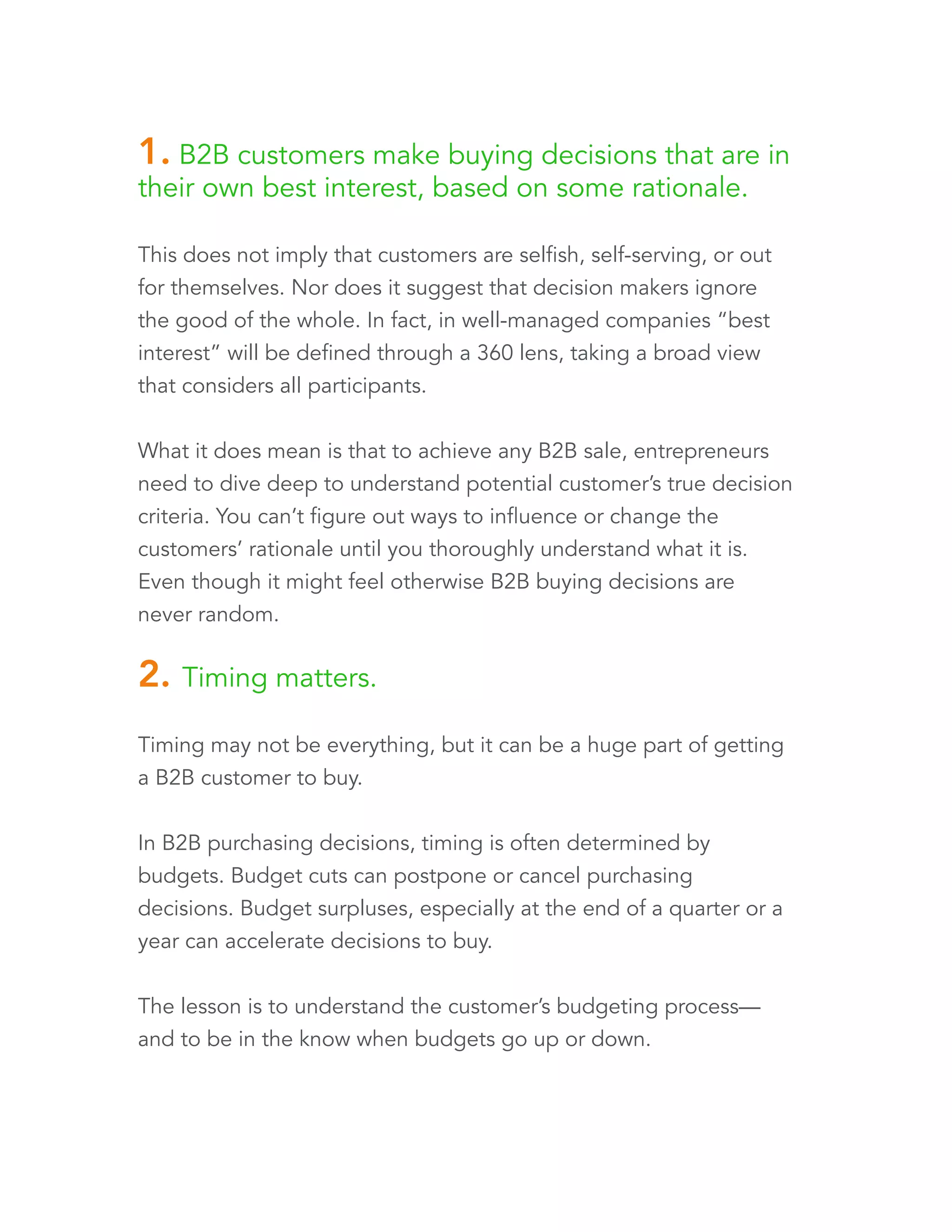
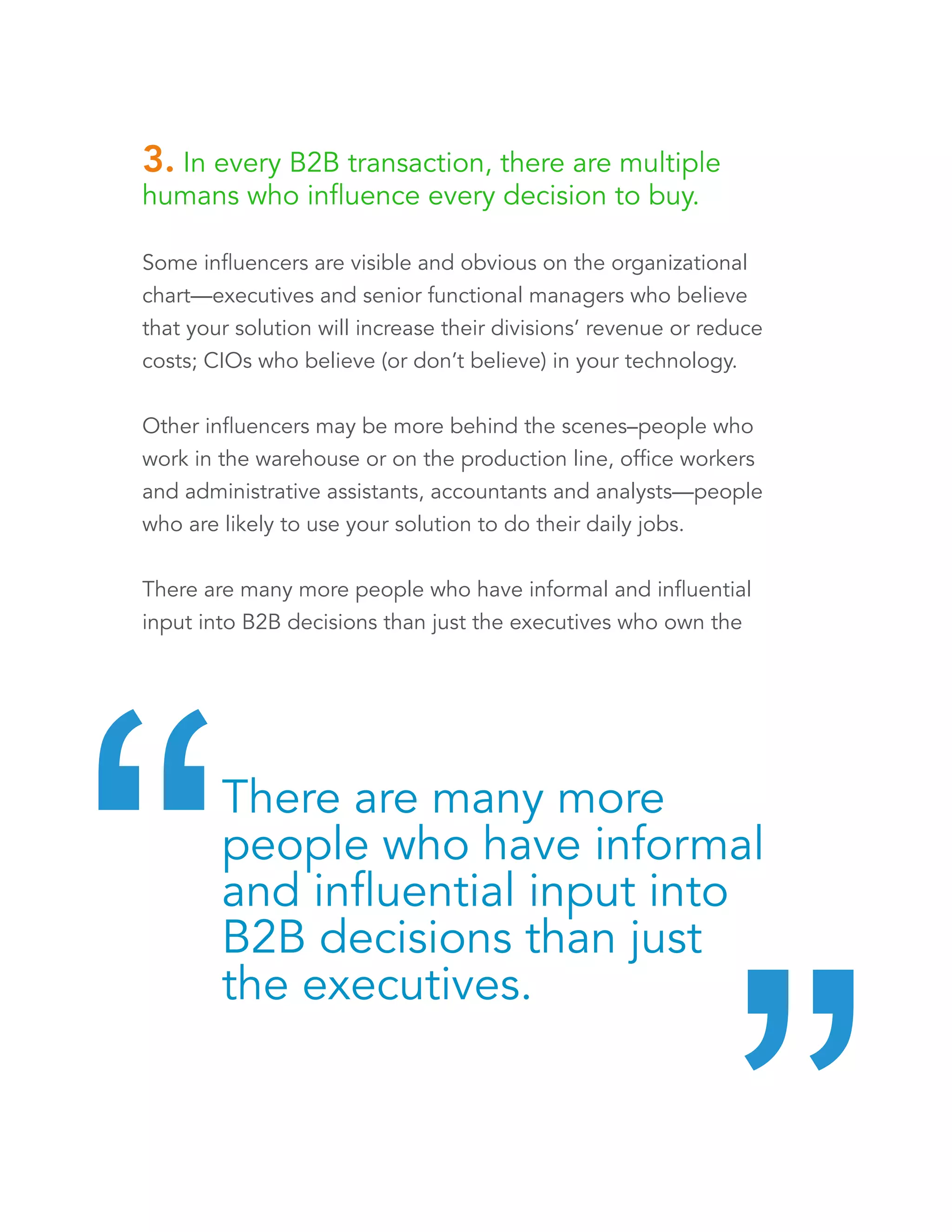
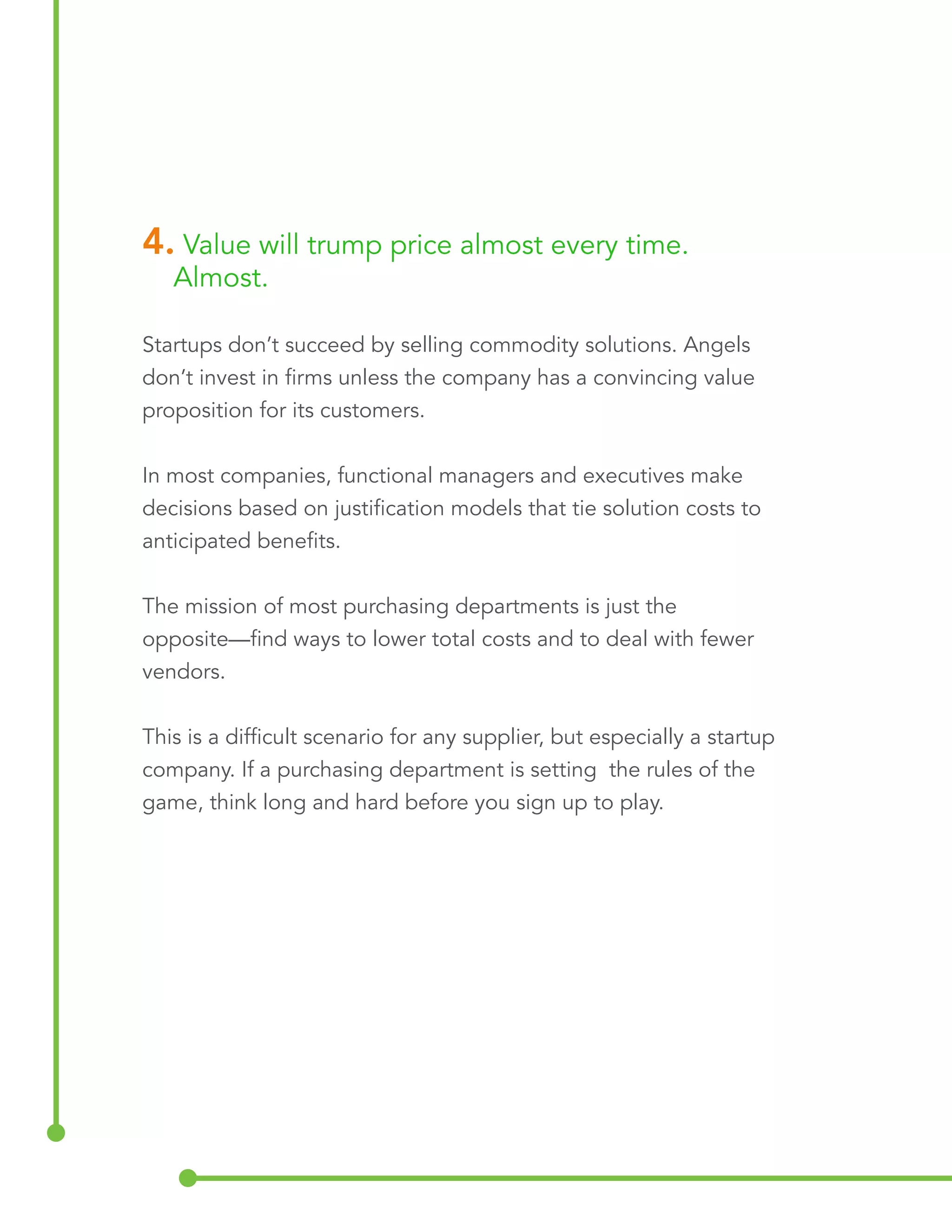
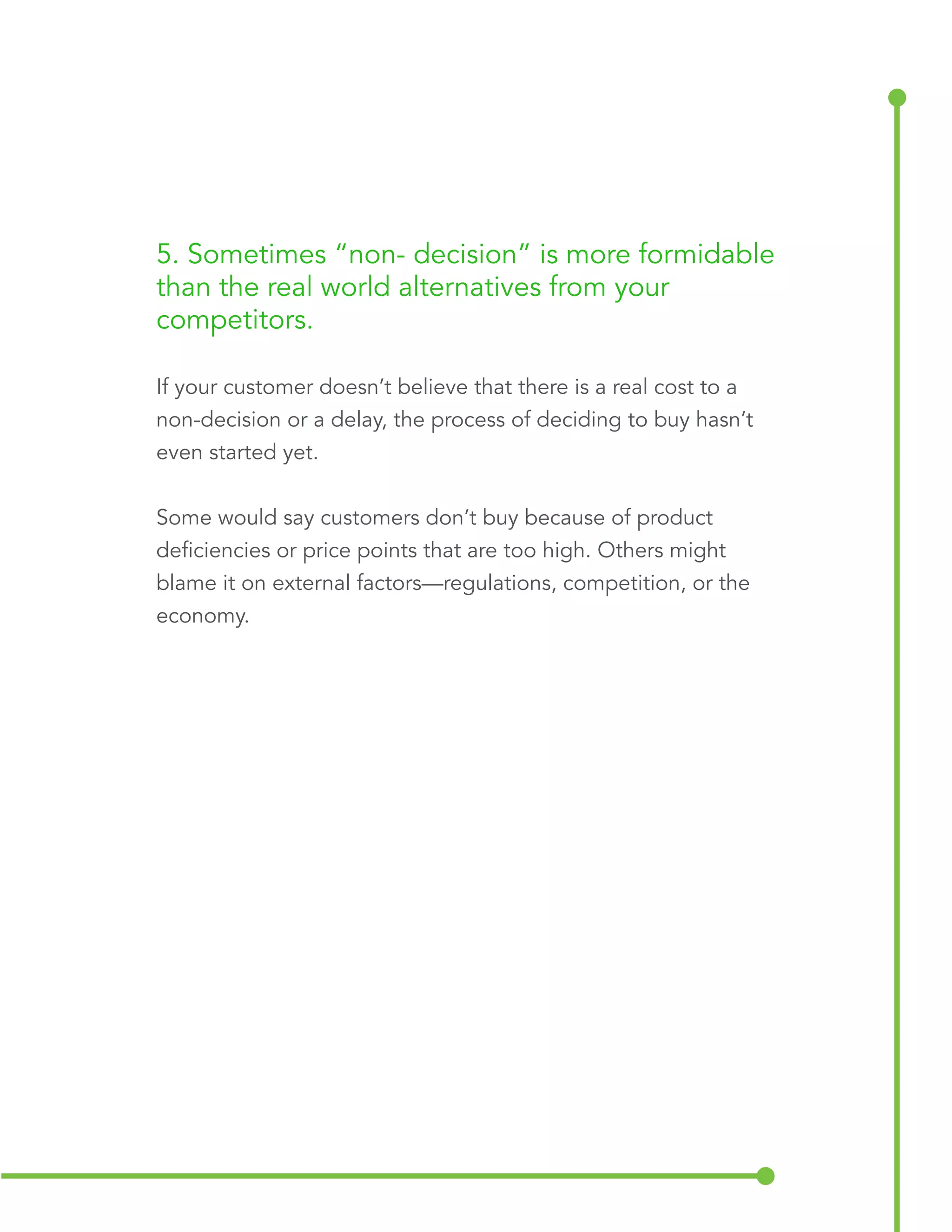
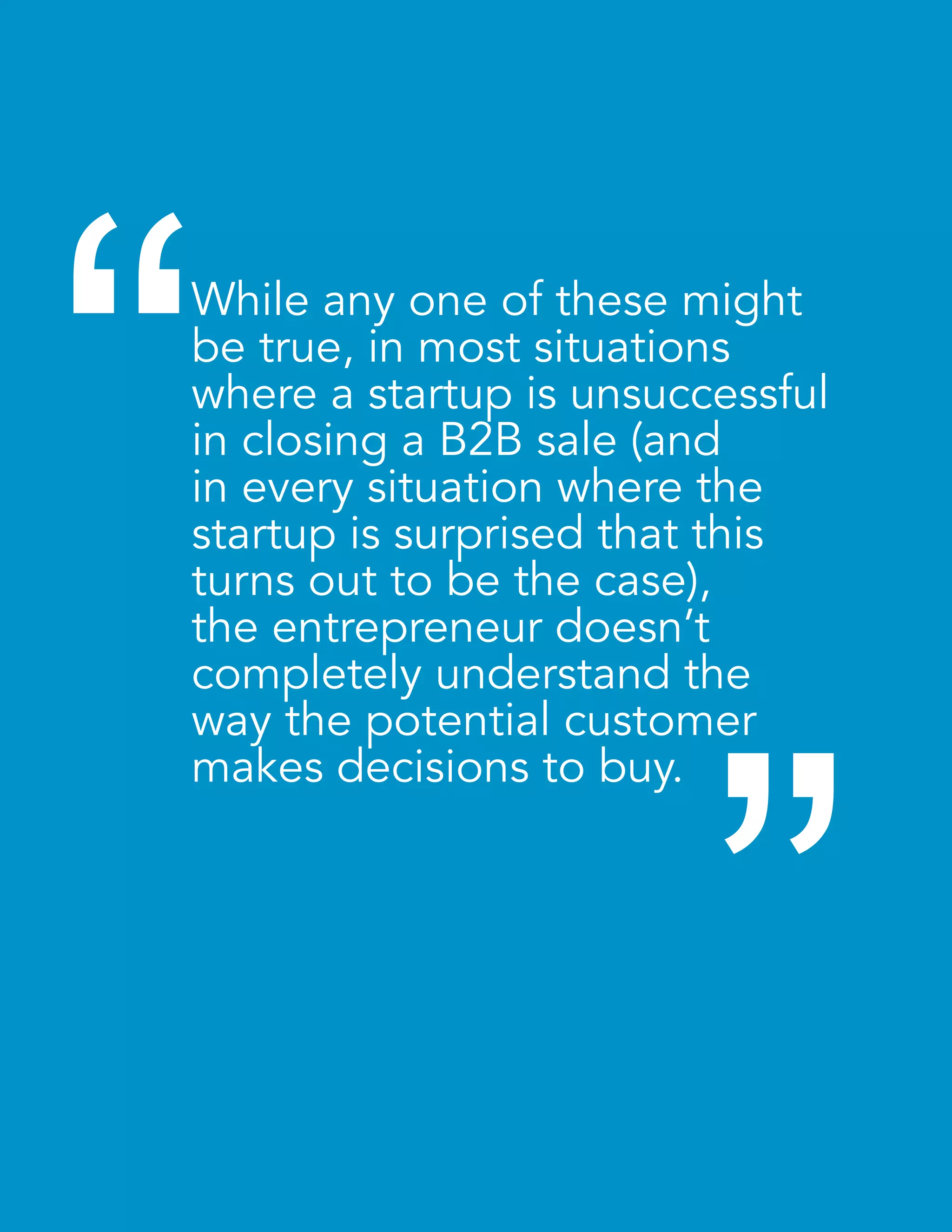
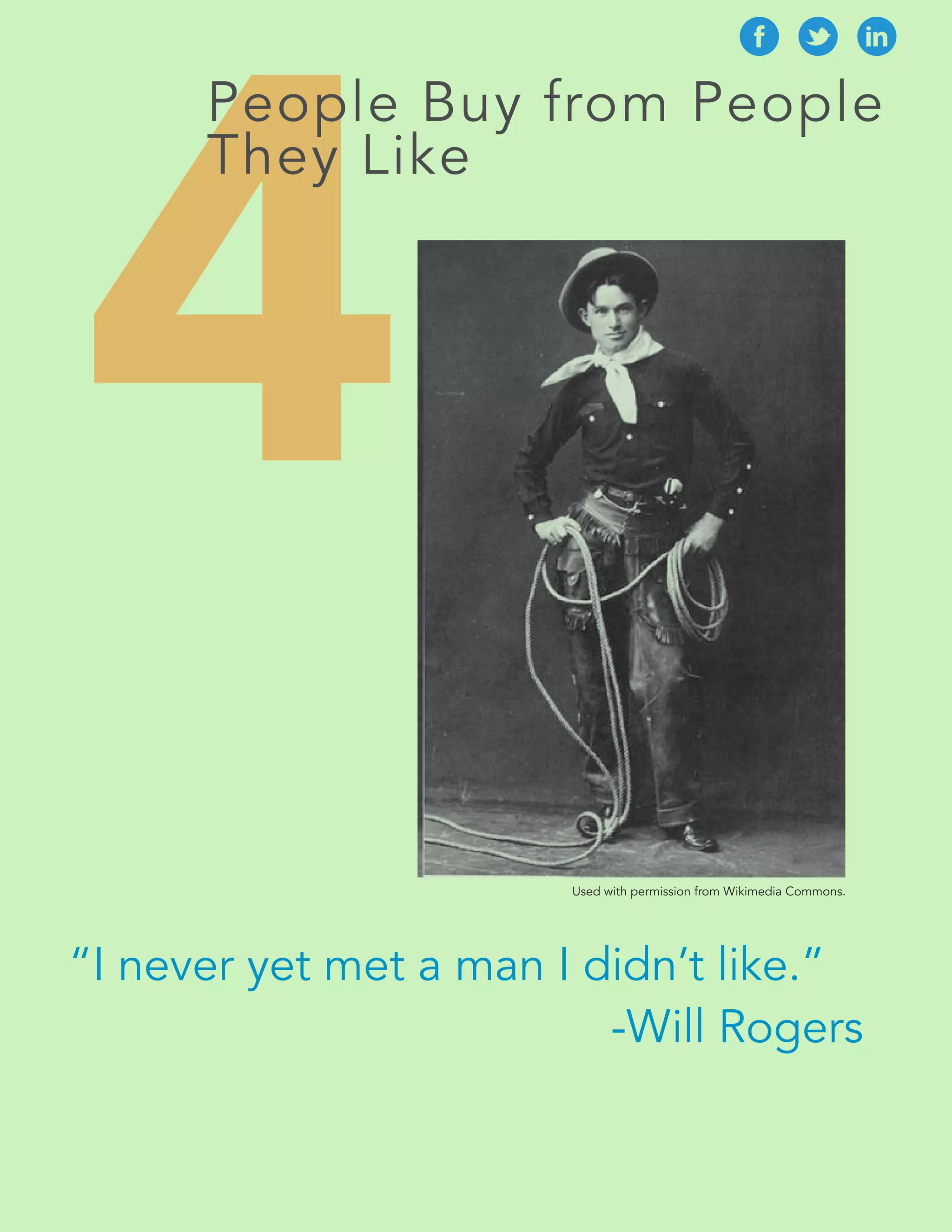
![Cowboy, entertainer, and social commentator Will Rogers traveled
around the world three times. He learned a lot about people and
wrote about it in more than 4,000 nationally syndicated newspaper
columns.
There’s a little more that goes with this quote. In its original
context, Rogers was referring to Leon Trotsky, a controversial
revolutionary figure then and now.
“I bet you if I had met him and had a
chat with him, I would have found him
a very interesting and human fellow,
for I never yet met a man that I dident
[sic] like. When you meet people, no
matter what opinion you might have
formed about them beforehand, why,
after you meet them and see their
angle and their personality, why, you
can see a lot of good in all of them.”
For startups that seek to lay the
foundation of excellent customer
relationships, developing a mindset
like Will Rogers is a pretty good place
to start.](https://image.slidesharecdn.com/customersebook08272014-140827114818-phpapp02/75/Understanding-Your-Customers-20-2048.jpg)
